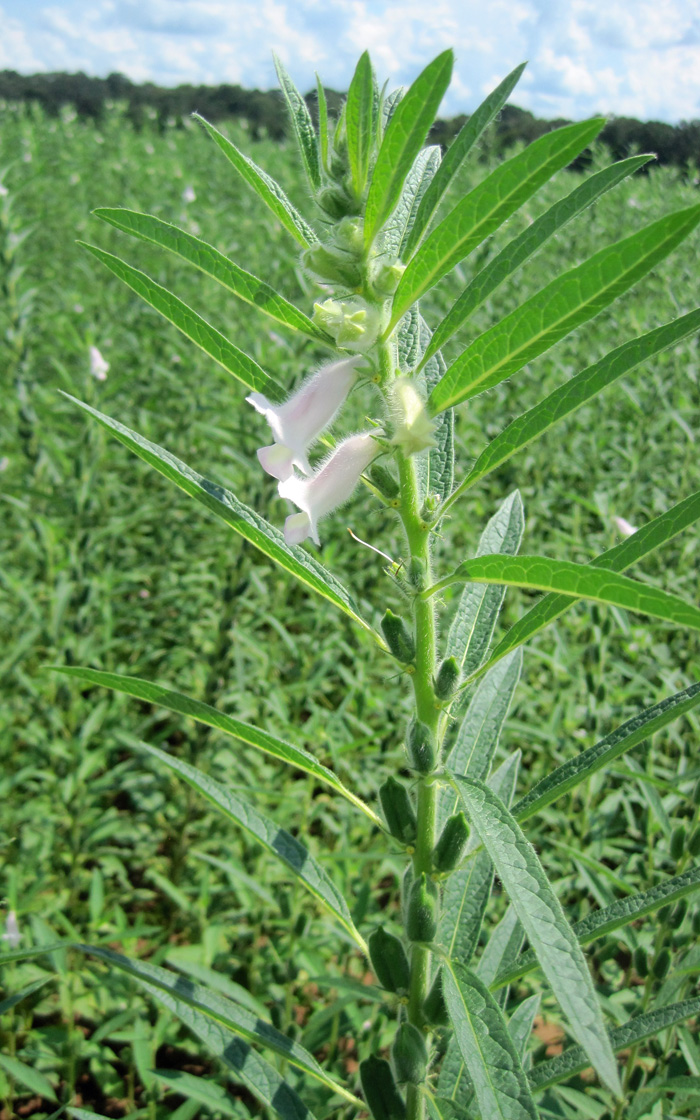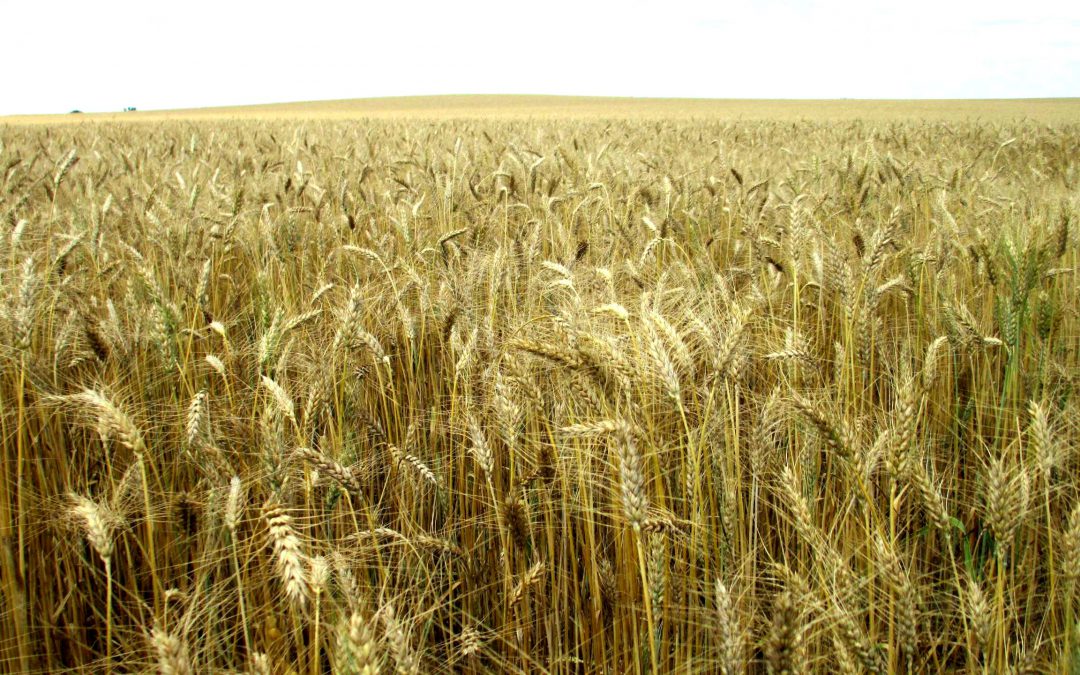
by Josh Thompson | Nov 10, 2014
Variety Selection Variety selection is one of the most important decisions in small grains production. Growers should choose varieties with a high yield potential and good disease resistance. Seed weights vary from year-to-year among varieties because of the...
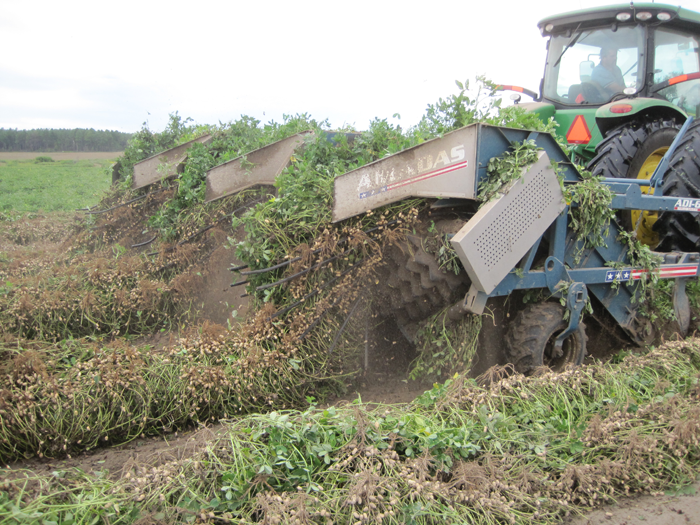
by Josh Thompson | Nov 10, 2014
It’s the beginning of November, and so far the weather conditions have been great for harvesting peanuts and cotton. In Jackson and surrounding counties, peanut harvest is wrapping up and cotton harvest is in full swing. Yields have been variable across the region....
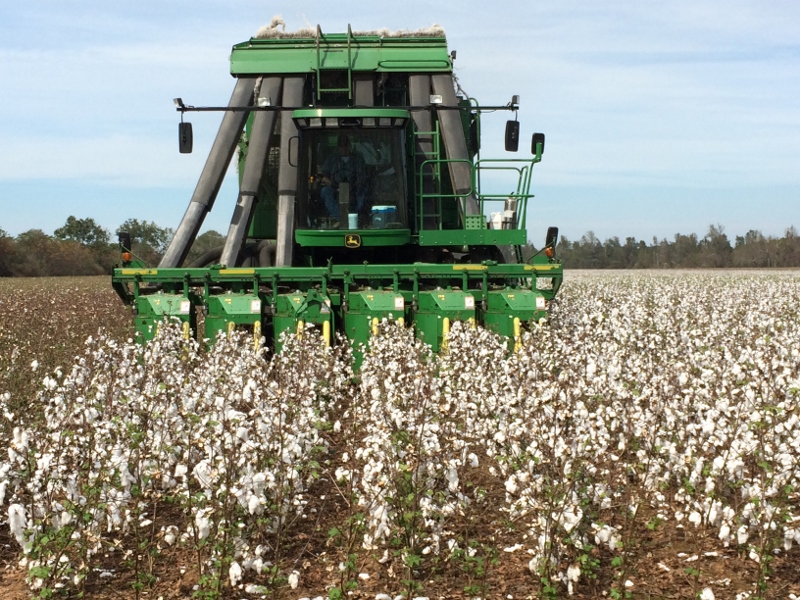
by Michael Donahoe | Oct 31, 2014
Cotton harvest is in full swing throughout Northwest Florida. With the dry weather and warm temperatures to help mature late set bolls, over half of the crop is now out of the field. In Santa Rosa County, picking was delayed on most farms as growers finished up...
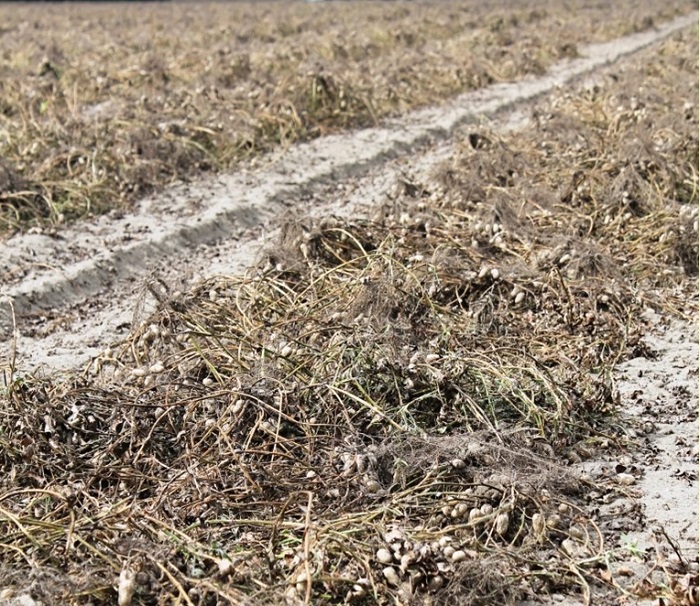
by Mark Mauldin | Sep 26, 2014
A cold, wet spring got lots of area peanuts off to a late and slow start. When it warmed up and things really got rolling, the rain quit, or at least became very spotty, especially in the Central and Eastern Panhandle. In some cases the timing and amount of rainfall...




